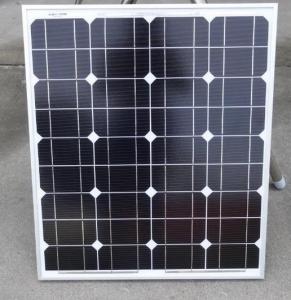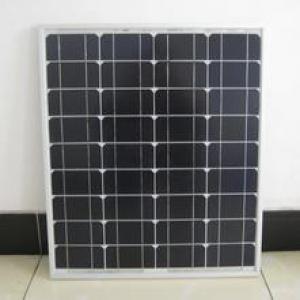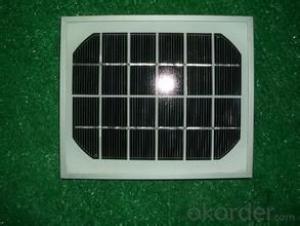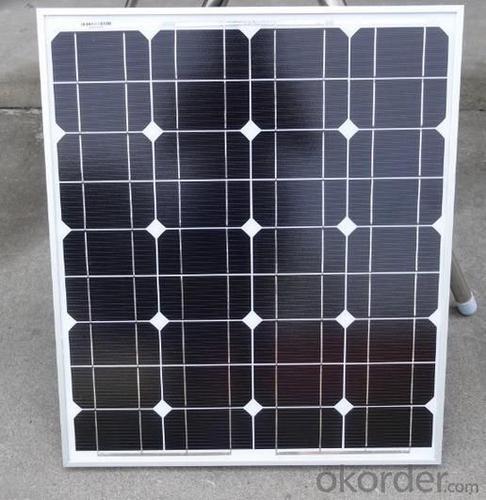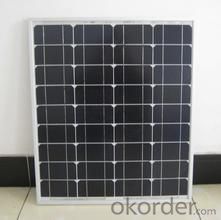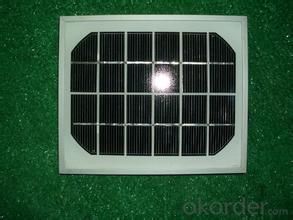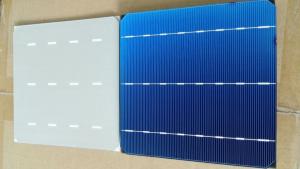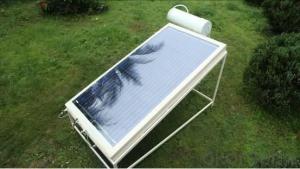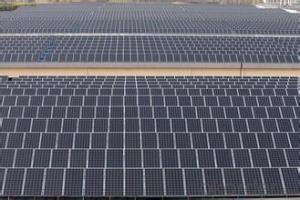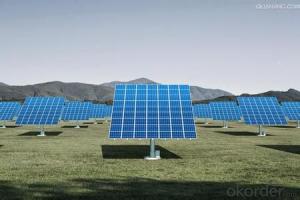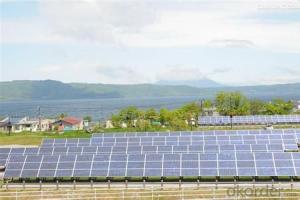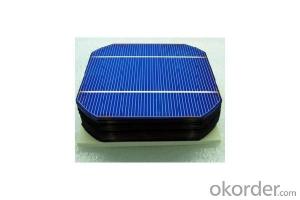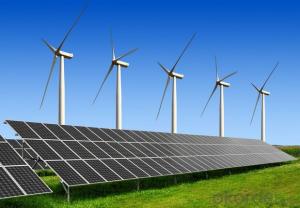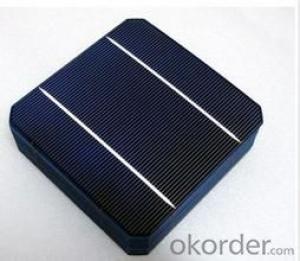Shingled Solar Cells - Super Quality Monocrystalline Silicon Solar Cell Price
- Loading Port:
- China main port
- Payment Terms:
- TT or LC
- Min Order Qty:
- 10000 m²
- Supply Capability:
- 10000 m²/month
OKorder Service Pledge
OKorder Financial Service
You Might Also Like
| Quick Details | |||||
| Place of Origin: | Model Number: | 2W-315W | |||
| Material: | Monocrystalline Silicon | Size: | Customized dimensions | Number of Cells: | 36/72 |
| Max. Power: | 3W-315W | Certificate: | TUV/IEC61215/IEC61730/CEC/CE/PID/ISO | Color: | Customized |
| Application: | Home,Commercial,Industrial | Warranty: | 25 years | Connector: | MC4 or to what you need |
| Frame: | Firm Aluminum | Glue: | EVA | Surface Glass: | Tempered Glass |
| Transform efficiency: | 18%~19% | Solar Cell: | A Grade 156x156mm Solar Cell | ||
| Packaging & Delivery | |||||
| Packaging Detail: | 1. carton box and pallet 2.According to your requirement/Suitable for shipment | ||||
| Delivery Detail: | 1.15~20 working days after received deposit 2.Based on Qty | ||||
| Specifications | |||||
| 1.100% A grade cell | |||||
| 2. OEM available | |||||
| 3. Super quality competitve price | |||||
| 4. International Standard | |||||
| 5.25 years warranty | |||||
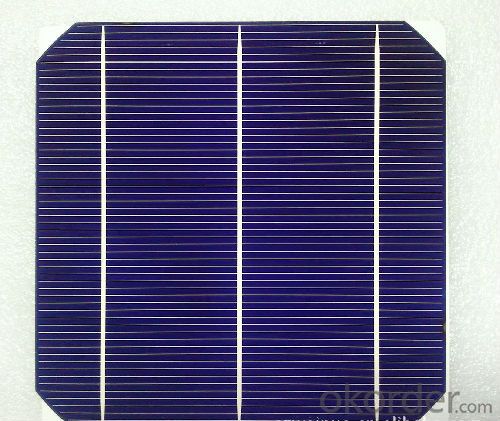
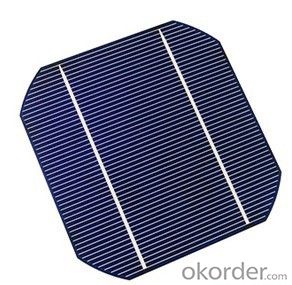
FAQ
We have organized several common questions for our clients,may help you sincerely:
①what price for each watt?
it depends on the quantity, delivery date and payment terms,
②what is your size for each module? can you tell me the parameter of your module?
we have different series of panels in different output, both c-si and a-si. please take the specification sheet for your reference.
③Can you provide the peripheral products of the solar panels, such as the battery, controller, and inverter? If so, can you tell me how do they match each other?
Yes, we can, we have two companies for solar region, one is CNBM International, the other is CNBM engineering Co.
We can provide you not only the solar module but also Solar Cells, the off grid solar system, we can also provide you service with on grid plant.
④What is your warranty system?
Our product performance guarantees for 25 years
• 12 years guarantee for workmanship
• Timeliness of delivery
• Quality Products certified (TÜV, UL, CE, ISO)
⑤How do you pack your products?
We have rich experience on how to pack the panels to make sure the safety on shipment when it arrives at the destination.
⑥ Can you do OEM for us?
Yes, we can.
⑦How long can we receive the product after purchase?
In the purchase of product within three working days, We will arrange the factory delivery as soon as possible. The pecific time of receiving is related to the state and position of customers. Commonly 7 to 10 working days can be served.
How Silicon Makes a Solar Cell
When energy is added to pure silicon, in the form of heat for example, it can cause a few electrons to break free of their bonds and leave their atoms. A hole is left behind in each case. These electrons, called free carriers, then wander randomly around the crystalline lattice looking for another hole to fall into and carrying an electrical current. However, there are so few of them in pure silicon, that they aren't very useful.
But our impure silicon with phosphorous atoms mixed in is a different story. It takes a lot less energy to knock loose one of our "extra" phosphorous electrons because they aren't tied up in a bond with any neighboring atoms. As a result, most of these electrons do break free, and we have a lot more free carriers than we would have in pure silicon. The process of adding impurities on purpose is called doping, and when doped with phosphorous, the resulting silicon is called N-type ("n" for negative) because of the prevalence of free electrons. N-type doped silicon is a much better conductor than pure silicon.
The other part of a typical solar cell is doped with the element boron, which has only three electrons in its outer shell instead of four, to become P-type silicon. Instead of having free electrons, P-type ("p" for positive) has free openings and carries the opposite (positive) charge.
With electricity prices rising everyday, homeowners are looking for alternative means of powering their homes. Solar panels are on the top of everyone's list, but there still pretty expensive. But there's a DIY solution that could possibly give you some extra juice. It's called a solar cell, and we will show you how to make and test a solar cell using a sheet of copper.
These solar cells are basically sheets of copper with a layer of cuprous oxide (Cu2O) on them. The cuprous oxide is a semiconductor. You won't get much electricity from it, and in fact you'd need acres of these to power a home, but it's fun to make!
Start by cleaning the copper sheet. The cleaner, The better. Then heat it on a red hot stove element or in a flame. This creates a thin layer of reddish cuprous oxide (or copper oxide) followed by a thicker layer of black cupric oxide. Cook it for about a half hour to get the black layer really thick. Then let it cool slowly. As it cools, most of the black layer flakes off, leaving only the red cuprous oxide layer.
- Q: Have you ever been to a solar cell power generation station?
- I know a company named SUNPOWER is famous for that.
- Q: How do solar cells perform in mountainous regions?
- Solar cells can perform well in mountainous regions, especially if they are strategically placed to maximize exposure to sunlight. However, the performance of solar cells can vary depending on the altitude, slope, and orientation of the panels. It is important to consider factors such as shading from nearby peaks or trees, as well as the potential for snow cover during winter months. Overall, with proper planning and installation, solar cells can effectively generate electricity in mountainous regions.
- Q: Can solar cells be used on mobile devices?
- Yes, solar cells can be used on mobile devices. There are already various portable solar chargers available in the market that can be connected to mobile devices to generate and store energy from sunlight. Additionally, there are also some mobile devices that come with built-in solar panels to directly convert solar energy into power for charging.
- Q: Are bulk solar cells better than the normal solar cells?
- Yes, the bulk solar cells are better than normal solar cells because its power supply is bigger than the normal solar cells.
- Q: How do solar cells impact energy independence?
- Solar cells impact energy independence by providing a renewable and sustainable source of electricity. They reduce dependence on fossil fuels and foreign oil, allowing countries and individuals to generate their own clean energy. Solar cells can be installed on rooftops, in remote areas, or even integrated into buildings, enabling individuals and communities to become self-sufficient and less reliant on centralized power grids. Ultimately, solar cells contribute to reducing carbon emissions and promoting long-term energy independence.
- Q: How to generate solar cells, the principle of PN junction
- Solar energy is an inexhaustible renewable energy source for human beings, and it is clean energy and does not produce any environmental pollution. In the effective use of solar energy; solar energy photoelectric utilization is the fastest growing and most dynamic in recent years
- Q: Can solar cells be used in space stations?
- Yes, solar cells can be used in space stations. In fact, they are commonly used to provide power to space stations by converting sunlight into electricity.
- Q: Can solar cells be used in floating solar farms?
- Yes, solar cells can definitely be used in floating solar farms. Floating solar farms, also known as floating solar panels or floating photovoltaic (PV) systems, are an innovative approach to harness solar energy by placing solar panels on a body of water. These systems offer several advantages such as increased energy efficiency due to the cooling effect of water, reduced land requirements, and minimized evaporation from the water surface. Therefore, solar cells are a suitable and effective solution for generating renewable energy in floating solar farms.
- Q: Can solar cells generate electricity on cloudy days?
- Yes, solar cells can generate electricity on cloudy days. While their efficiency may be reduced compared to sunny days, solar cells can still convert sunlight, even on cloudy days, into usable electricity.
- Q: How can I understand the working principles of solar cells?
- My way of understand the working principles of solar cells is to read tons of books about that topic.
Send your message to us
Shingled Solar Cells - Super Quality Monocrystalline Silicon Solar Cell Price
- Loading Port:
- China main port
- Payment Terms:
- TT or LC
- Min Order Qty:
- 10000 m²
- Supply Capability:
- 10000 m²/month
OKorder Service Pledge
OKorder Financial Service
Similar products
Hot products
Hot Searches
Related keywords
